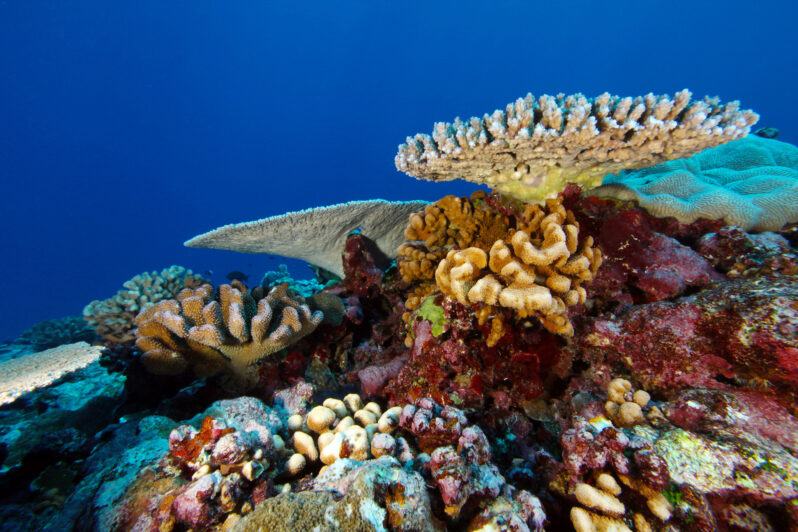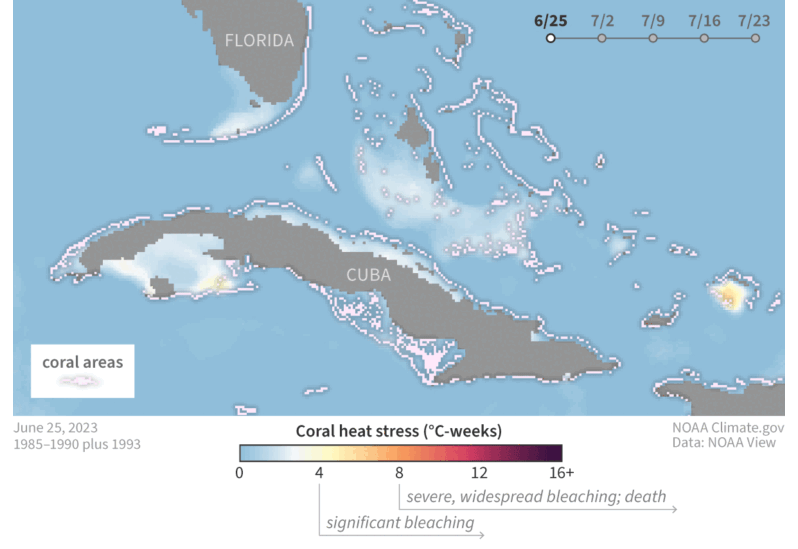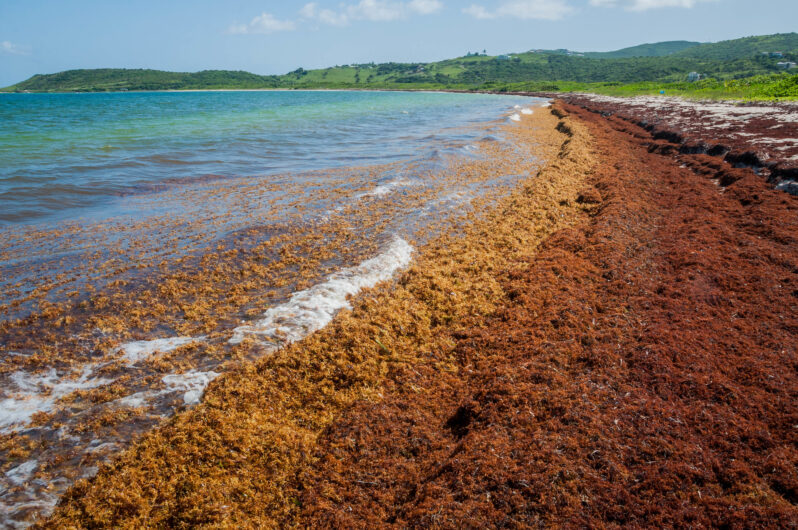One way to save coral reefs? Deep freeze them for the future – NPR

Ocean temperatures have been extremely hot this summer, wreaking havoc on some of the world’s highly vulnerable coral reefs. With marine heat waves only expected to get worse as the climate changes, scientists are increasingly focusing on an emergency plan: collecting coral specimens and safeguarding them onshore….
NOAA and partners race to rescue remaining Florida corals from historic ocean heat wave – NOAA Climate.gov

In mid-July 2023, heat-stressed corals in the southern Florida Keys began bleaching—expelling their food-producing algal partners—amid the hottest water temperatures ever documented in the region during the satellite record (dating back to 1985). As weeks of heat stress have continued to accumulate, bleaching and death have become more widespread, raising fears of a mass mortality event on the region’s already fragile reefs…
The real story behind the Atlantic’s record-breaking seaweed blobs – BBC

Along the coastlines of the Caribbean and the Gulf of Mexico, a monster is lurking. It creeps in with the tide and you’ll likely smell it before you see it. Giant clumps of sargassum seaweed have been washing ashore, choking the surf and blanketing beaches in a brown, stinking mass.
The clumps are breaking off an enormous raft of free-floating seaweed known as the Great Atlantic Sargassum Belt, which stretches 5,000 miles (8,047km) between the Gulf of Mexico and the west coast of Africa and can be seen from space…
To restore coastal marine areas, we need to work across multiple habitats simultaneously – PNAS

Restoration of coastal marine habitats—often conducted under the umbrella of “nature-based solutions”—is one of the key actions underpinning global intergovernmental agreements, including the Paris Agreement and the 2021–2030 United Nations (UN) Decade of Restoration. To achieve global biodiversity and restoration targets…we need methods that accelerate and scale up restoration activities in size and impact. Part of the solution is cross-habitat facilitation—positive interactions that occur when processes generated in one habitat benefit another…
